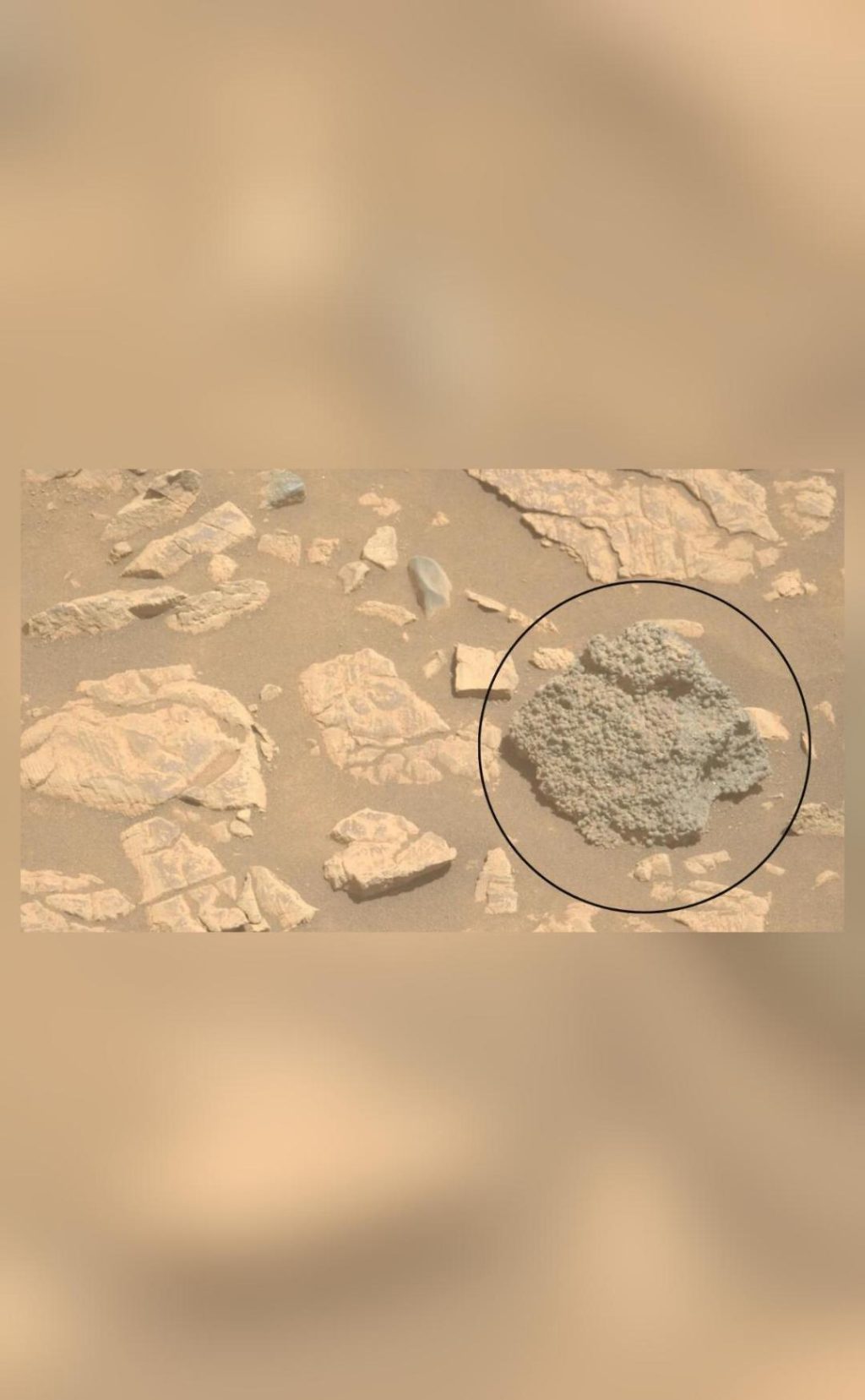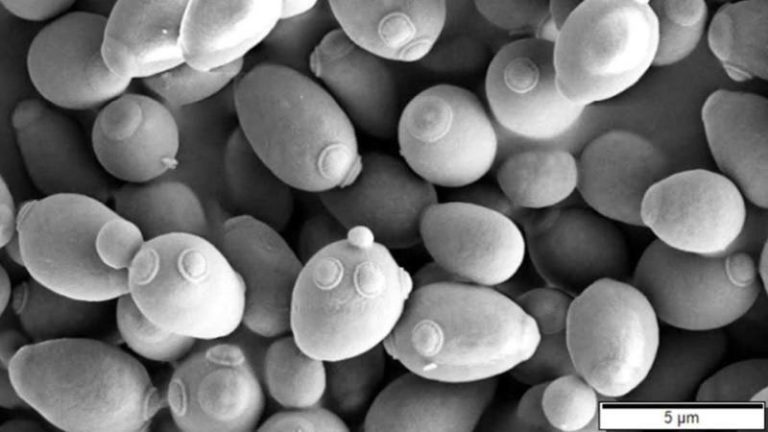
Thousands of Spheres Resembling Spider’s Eggs Spotted on Mars
NASA’s Perseverance Mars rover has made yet another groundbreaking discovery on the Red Planet, shedding new light on the Martian geology. In its ongoing exploration of Mars, which began on February 18, 2021, the rover has uncovered a peculiar rock formation that bears an uncanny resemblance to spider eggs. The fascinating find has sent shockwaves through the scientific community, sparking curiosity and debate about the origins and purpose of these enigmatic spheres.
The discovery was made in the Jezero crater, a 45-kilometer-wide impact crater that was once home to a lake. The Perseverance rover has been meticulously examining the terrain, collecting samples, and conducting experiments to better understand the Martian environment. Its latest find is a testament to the rover’s incredible capabilities and the vast potential for scientific exploration on the Red Planet.
The rock formation, comprising thousands of spheres, varies in size and shape. Some of the spheres are perfectly round, while others appear more elongated, resembling elliptical shapes. Notably, some of the spheres have angular edges, which might be indicative of broken fragments. This diversity in morphology has raised intriguing questions about the formation mechanisms and potential origins of these enigmatic spheres.
What’s even more intriguing is the presence of tiny pinholes on some of the spheres. These microscopic openings are believed to have been created by gas bubbles or minerals that formed within the spheres. This finding has significant implications for understanding the geological and environmental processes that have shaped Mars over millions of years.
The discovery of these spheres has sparked a flurry of speculation about their potential origins. Some scientists believe that they might be the result of geological processes, such as volcanic activity or the interaction of minerals with water. Others propose that they could be biological in nature, potentially evidence of ancient life on Mars.
While the exact purpose and origins of these spheres remain unclear, the finding is a significant validation of NASA’s Perseverance rover mission. The mission’s primary goal is to search for signs of past or present life on Mars, and this discovery has provided a tantalizing glimpse into the planet’s geological and environmental history.
The Perseverance rover is equipped with a suite of advanced scientific instruments, designed to collect and analyze samples, as well as conduct experiments to better understand the Martian environment. The rover’s findings are carefully curated and transmitted back to Earth, where scientists can analyze and interpret the data.
The discovery of these spheres is just the latest in a series of groundbreaking findings made by the Perseverance rover. Since its landing on February 18, 2021, the rover has been busy exploring the Martian terrain, collecting samples, and conducting experiments. Its findings have shed new light on the Martian geology, climate, and potential habitability.
As scientists continue to study and analyze the spheres, we can expect a plethora of new insights and discoveries. The Perseverance rover’s mission is just beginning, and its findings have the potential to rewrite our understanding of Mars and its place in the universe.






